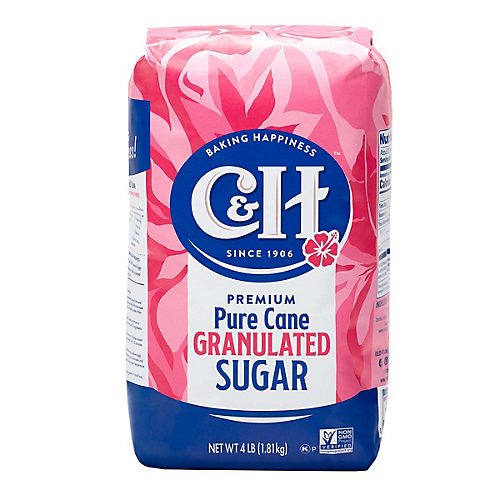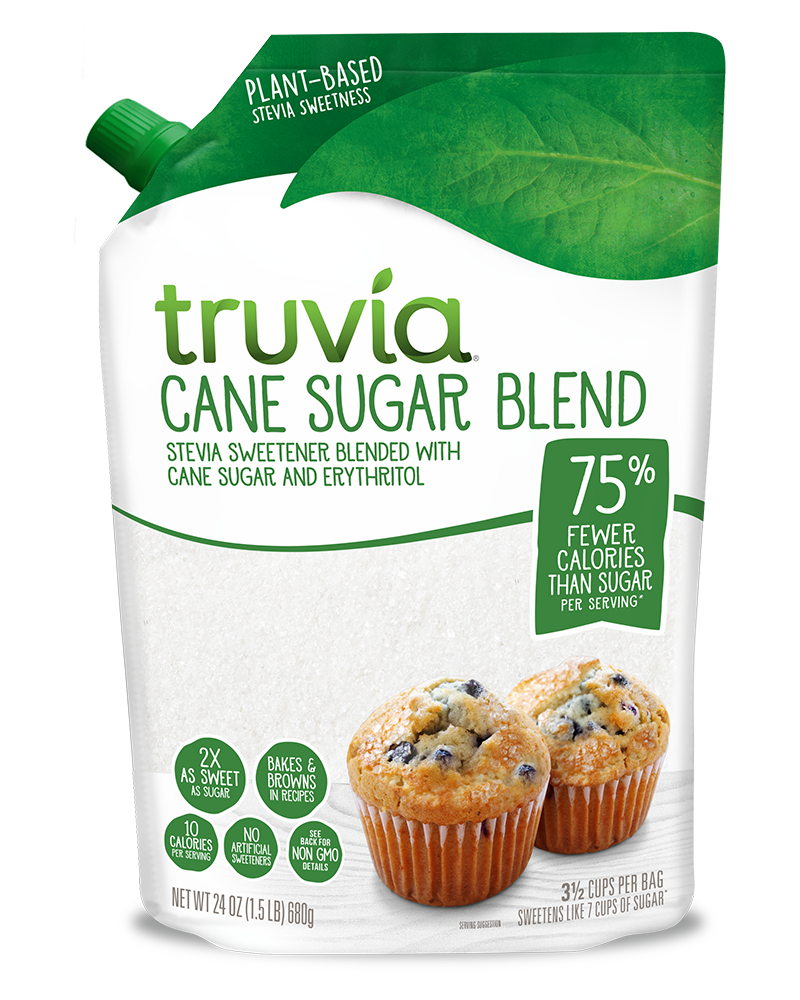Discovering the Comprehensive Tips Associated With Cane Sugar Handling From Collecting to Improvement
The procedure of walking stick sugar production encompasses a collection of detailed steps, beginning with the cautious harvesting of sugarcane and culminating in the improvement stages that make sure the final item satisfies sector standards. Each phase, from the extraction of juice to the filtration and crystallization processes, plays a critical role in determining the quality and character of the sugar.
Harvesting Sugarcane
Harvesting sugarcane is a crucial action in the cane sugar handling chain, as it straight influences the high quality and return of the end product. Correct timing and techniques are vital throughout this phase to make certain optimal sugar content and reduce losses. Commonly, sugarcane is harvested when it gets to maturity, normally 12 to 18 months after growing, identified by a high sucrose concentration.

Post-harvest, the sugarcane has to be refined quickly to stop sucrose degradation. Preferably, gathered cane should be moved to processing centers within 1 day to preserve sugar high quality. For that reason, efficient logistical preparation is crucial to keep the stability of the collected crop throughout the supply chain.
Removal Refine

The smashed cane is subjected to a series of pressing operations to take full advantage of juice healing. Normally, warm water is sprayed onto the crushed walking cane, producing a countercurrent circulation that aids liquify the sugar while likewise aiding in the removal procedure. The juice accumulated from this procedure contains not just sugar however likewise different organic substances and impurities.
:max_bytes(150000):strip_icc()/ms-sugar-getty-cfed0662acca49f7b6e52c593767dfb9.jpg)
To enhance extraction efficiency, some facilities may use diffusion methods, where the sugarcane is taken in warm water, enabling the soluble sugars to diffuse right into the liquid. The resulting juice, rich in sucrose, is then routed to subsequent handling phases, laying the foundation for filtration and refinement. The removal procedure is therefore essential in identifying the quality and return of the final sugar product.
Filtration Strategies
The filtration strategies utilized in cane sugar processing are necessary for changing the raw juice right into a high-grade sugar item. These approaches mostly aim to remove pollutants, such as dirt, plant products, and not natural substances, which can negatively influence the end product's flavor and shade.
One of one of the most common filtration methods is explanation. This procedure entails adding lime and warm to the raw juice, which helps with the coagulation of contaminations. The resulting precipitate is then eliminated via sedimentation or filtration, producing a more clear juice. In addition, making use of phosphoric acid can enhance the information procedure by additional binding impurities.
An additional substantial method is carbonatation, where carbon dioxide is presented to the cleared up juice. This reaction generates calcium carbonate, which catches remaining contaminations and promotes their elimination.
Moreover, turned on carbon therapy may be put on adsorb any kind of continuing click to read to be colorants and organic contaminations, making certain a much more refined product. The mix of these approaches properly prepares the sugar juice for succeeding steps in the refining process, setting the stage for the manufacturing of premium walking stick sugar.
Formation Methods
After the purification phase, the next crucial action in walking stick sugar handling entails crystallization methods, which play an essential function in transforming the cleared up juice into solid sugar. This process commonly utilizes two primary techniques: spontaneous condensation and regulated condensation.
In spontaneous crystallization, supersaturated sugar services are enabled to cool down naturally, leading to the development of sugar crystals over time. This approach allows for the consistent development of sugar crystals and greater purity.
During formation, the made clear juice is focused via dissipation, raising its sugar web content up until it gets to supersaturation. Once this point is accomplished, either approach can help with the formation procedure. Cane Sugar Processing. The resultant sugar crystals are after that divided from the staying syrup via centrifugation
Eventually, the selection of condensation method affects the quality, size, and pureness of the last sugar product, making this step essential in the overall cane sugar handling procedure.
Refinement and Product Packaging
How can the pureness and quality of walking cane sugar be additionally boosted after crystallization? The improvement procedure plays a critical duty in accomplishing top quality walking stick sugar.
Next, the sugar goes through a process called centrifugation, where it is rotated at broadband to separate the detoxified sugar crystals from the continuing to be fluid. After centrifugation, the sugar is commonly further refined through a technique called carbonization or phosphatation, which makes use of triggered carbon or phosphoric acid to remove shade and off-flavors.
When refined, the sugar is dried out to accomplish the wanted dampness web content, making sure that it continues to be steady during storage and transport. The final step entails product packaging the refined sugar in closed and moisture-proof containers to maintain its quality and avoid contamination. Cane Sugar Processing. Correct packaging not just expands life span however also helps with very easy handling and distribution, guaranteeing that customers receive sugar that fulfills the highest requirements of purity and quality
Conclusion
The extensive actions associated with walking cane sugar processing, from the precise harvesting of sugarcane to the complex refinement and packaging stages, underscore the importance of each i was reading this phase in making certain premium sugar production. Optimal harvesting techniques, effective removal techniques, and strenuous filtration procedures collectively add to the end product's pureness and stability. The formation and subsequent product packaging techniques further other boost the stability and service life of the sugar, highlighting the intricacy and precision intrinsic in this essential farming market.
The procedure of walking stick sugar production incorporates a series of complex steps, starting with the cautious harvesting of sugarcane and culminating in the refinement phases that make certain the last item satisfies market criteria. Ideally, harvested cane needs to be delivered to refining centers within 24 hours to protect sugar quality.In spontaneous condensation, supersaturated sugar services are allowed to cool naturally, leading to the formation of sugar crystals over time - Cane Sugar Processing. The refinement process plays a vital role in achieving high-quality walking cane sugar.The extensive steps involved in walking stick sugar handling, from the meticulous harvesting of sugarcane to the detailed refinement and product packaging stages, emphasize the importance of each phase in making sure top quality sugar production